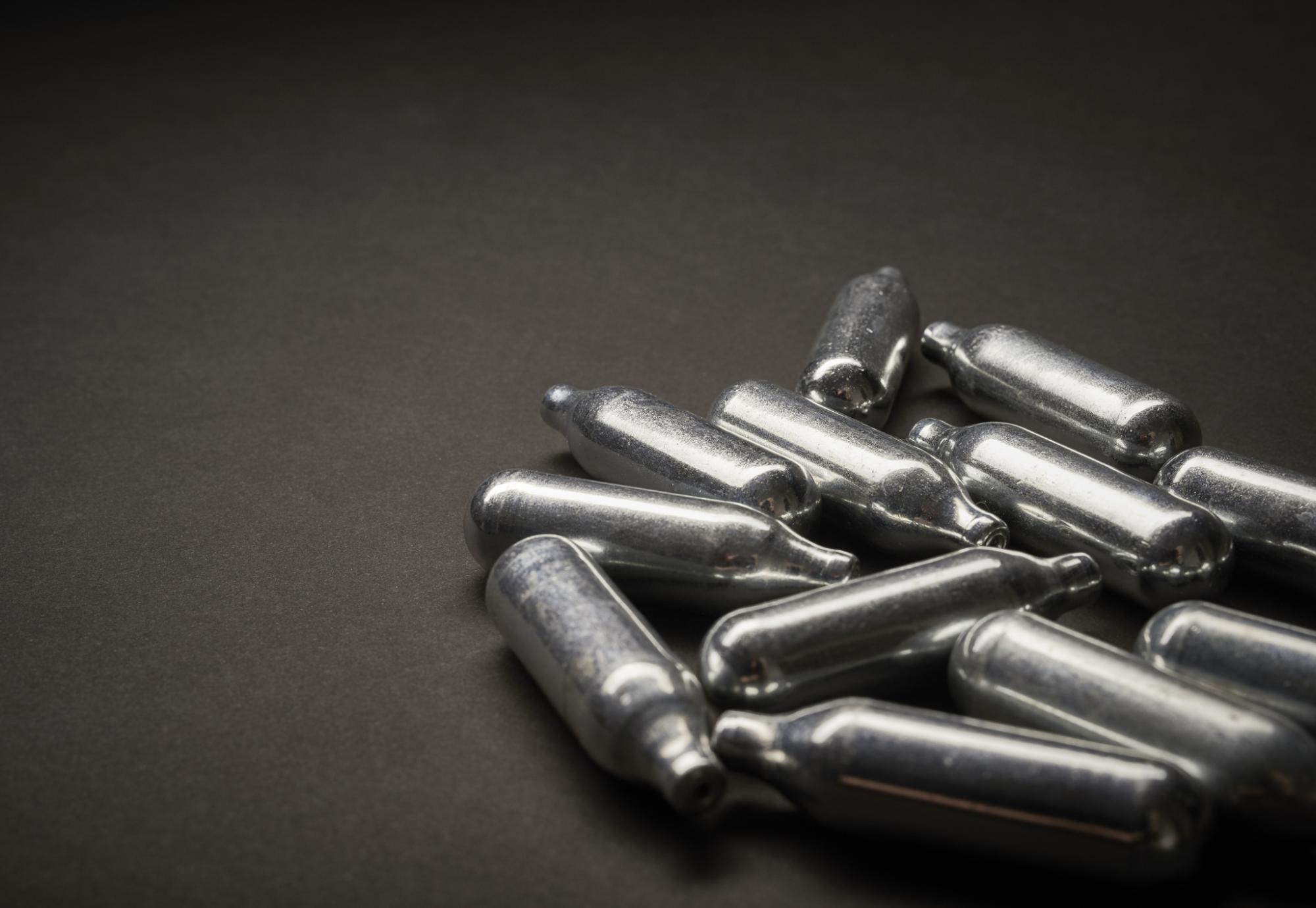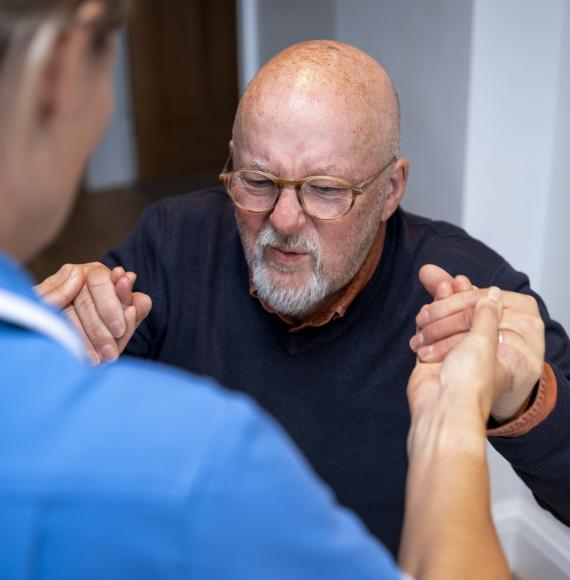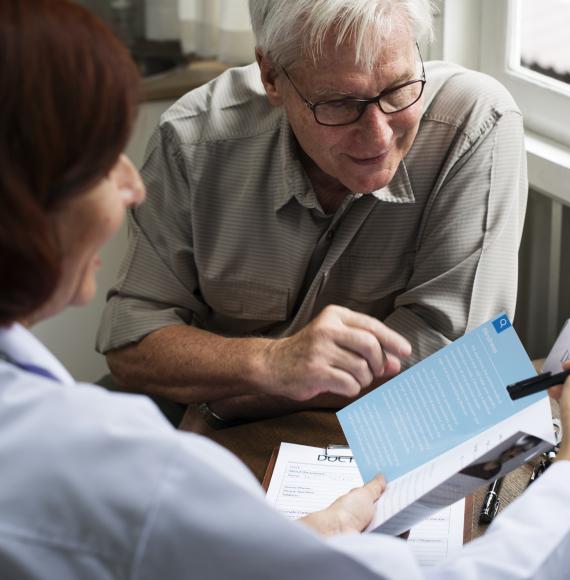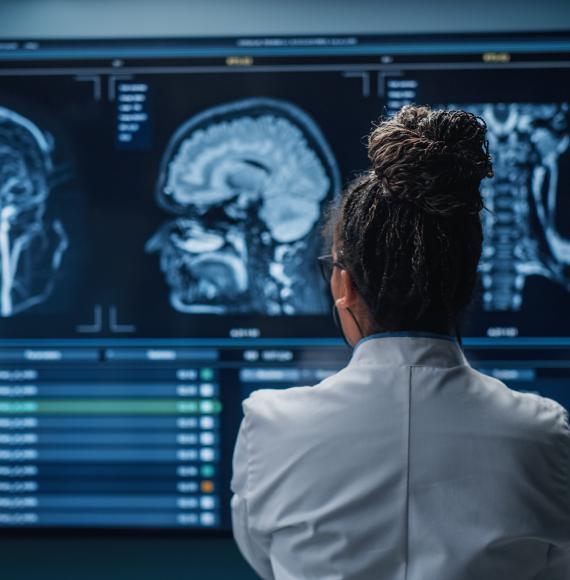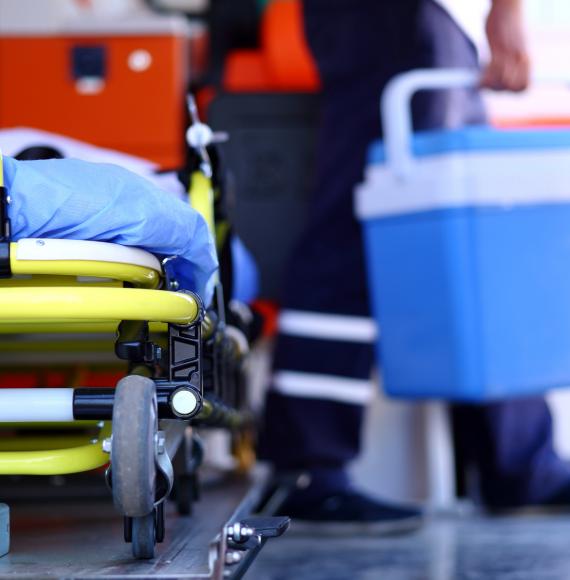Healthcare professionals based at Barts Health NHS Trust have developed a new set of guidelines to improve the diagnosis and treatment of spinal cord damage caused by nitrous oxide.
Nitrous oxide, colloquially referred to as laughing gas, is now the second most popular recreational drug with young people in the UK, but overuse of the gas can lead to a condition that can cause serious and permanent disability – subacute combined degeneration of the spinal cord.
The nature of the condition’s provenance means that patients often don’t admit to having subacute combined degeneration of the spinal cord, so clinicians can sometimes misdiagnose or treat people.
But now, with help from researchers at Queen Mary University of London, health professionals at Barts Health have published a resource that they hope will provide their peers with guidance and support in identifying, diagnosing and treating the condition.
Consultant Neurologist at Barts Health, Professor Alastair Noyce, said: “We developed these practical guidelines to try to standardise care for patients who have come to harm from recreational nitrous oxide use.
“If implemented correctly, they will ensure that patients get the treatment they need. We hope they will also alleviate pressure on hospitals by improving efficiency in the emergency department and reducing unnecessary admissions.”
The Association of British Neurologists has already adopted the guidelines as official clinical practice, something that Barts Health say demonstrates the urgent necessity of such a resource, given the increased prominence of laughing gas in the UK.
The Association of British Neurologists’ President, Professor Tom Warner, added: "Recreational use of nitrous oxide carries a significant risk of damage to the nervous system, particularly the spinal cord, which is treatable if picked up.
“These important clinical practice guidelines lay out how to recognise, diagnose and, most importantly, treat those people attending emergency departments with such symptoms, and prevent long-term neurological disability."
Read the full report here.

